Pride events – whether they take the form of celebrations, protests, or marches – are intended to raise the visibility LGBTI people as an oppressed minority. Pride Radar, an inventory made by InterPride, the global federation of pride organisers, of almost 1200 prides all around the world, is proof of how vibrant the global pride movement is. Each event, wherever it is held, is a profound political statement. And it is true, where the LGBTI equality movement has enjoyed substantial success, like in North America, Western Europe, Australia and South America, the pride movement is gaining strength.
At the same time, we see blanc spots on the world map, were prides are absent. In Africa, Asia, Russia and the Middle East, where the social climate is excluding and laws criminalizing homosexuality are in place, it takes more then bravery to organize a pride event. For the pride movement there is work to do.
In recent years, I have been working with our team at Pride United, to identify Prides around the world and understand how they function. In those years one mechanism became clear, the existence of a pride, the format of a pride and the role of a pride in society is strongly related to the local political, social and legal situation for LGBTI persons. What follows is a report on the situation in different countries all around the world.
Europe
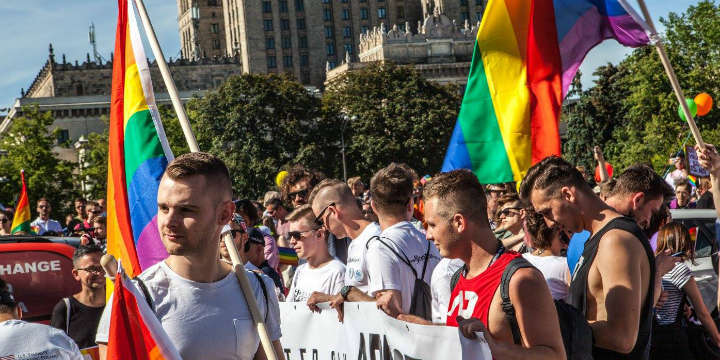
After the collapse of the Soviet Union many countries in Eastern Europe joined the European Union, adopting equality rights as fundamental European values. Although these laws were put in place, organizing a pride event was an uphill battle in many countries in Eastern Europe. In 2010, Belgrade Pride met severe violence; until now the annual pride in Kyiv, Ukraine, can only take place with thousands of police-officers protecting attendants. Nevertheless, taking to the streets pays off, as we have seen in Moldova, Serbia, Bulgaria, Poland, Latvia, Estonia and Lithuania, where the climate is slowly changing: counter-protests are becoming less severe and the media started to cover the events more often without bias.
A powerful asset of pride events is its visibility. What is visible can not be ignored and has to be dealt with. However, this has a dark side as well. In Russia, visible homosexuality is perceived to negatively influencing the values of the country. President Putin needs ongoing political support from the provinces, the patriarch Kirill of the Russian orthodox church is happy to provide such, but not without influencing the moral agenda of the country. For LGBTI people in Crimea, this meant living in a criminalized environment after the Russian annexation of the peninsula. That many prides in Europe have a strong political agenda is not without reason.
This is also a big difference between prides in the United States and in Europe. In a survey in which over 100 pride-organizers participated, only 20 percent of the organizers in Europe said their Pride has little to no impact on local LGBTI emancipation, in in the United States this was as high as 57 percent. One explanation could be that the real battle for same-sex marriage was fought for in the courtrooms.
Africa
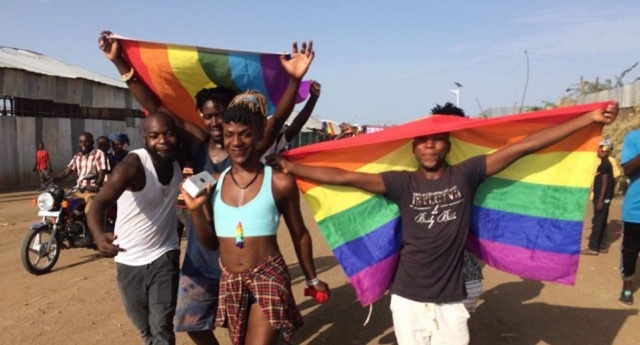
In Africa the situation is varied. In South-Africa, where the constitution strongly protects equal rights, we see an increase of prides within the black community. It is a token of strength and self-conscience of black communities in South Africa but, sadly enough, also a manifestation of the growing gap between black and white, rich and poor: where the poor black LGBTI people feel excluded from existing prides, they organize their own.
Negative attitudes towards LGBTI people don’t always prevent a pride event from taking place. We saw this in Kenya’s Kakuma refugee camp this year, where a small and marginalized community made history by staging what is said to be the world’s first LGBT Pride festival in a refugee camp. Unfortunately, we also experienced a backlash in Uganda, where, in 2016 and 2017, after four successful pride events, the event was banned. For now, it shattered the dream of some local activists to walk the streets of Kampala. Previously, the multi-day pride event, including a pride march in the forest close to Entebbe, was empowering the local movement. With an annually changing organization committee, an army of LGBTI activists was trained to change the legal and social climate for LGBTI people in Uganda. Hopefully pride events will take place in the country again in the near future.
Uganda is not the only country where LGBTI activists test the water with their pride events. In Beirut, we saw a pride event in 2017. Unfortunately the pride in 2018 got canceled by the authorities. Local activists are now up for a legal battle to prevent this from happing again in the future. For the Middle-East, this is a crucial issue with regards to the spread of Pride. So far, the only place in the Middle East where prides take place is Israel, but needless to say, this is hardly a token of optimism when other countries in the middle-east are taken into consideration. Beirut as a token of hope for the LGBTI-community in the Middle East, providing a space to be visible and be heard is of great importance.
Asia
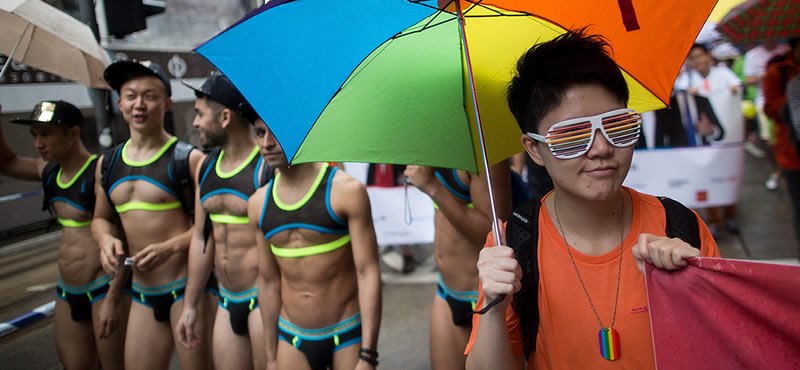
Pride as a tool for change. In Taiwan the then candidate president Tsai Ing-wen and her Democratic Progressive Party (DPP, member of Liberal International) endorsed LGBTI politics heavily. They were present during pride in Taipei in October 2015. In Hong Kong the pride movement endorsed the Umbrella movement, that was protesting against China’s domination in the election of Hong Kong’s leadership. At the same time, in many Asian countries autocratic governments are active. A pride event in Phuket Thailand focused on supporting its own community, by campaigning for HIV-prevention, instead of advocating for more LGBT rights. With a military coup only some years ago, and the military suppressing all events that they consider to be a threat to their “happiness-doctrine,” you can’t blame the LGBT community for staging a non-political pride event. Finally, although China has made a lot of progress on LGBTI issues, mass public events are discouraged by the government.
Latin America
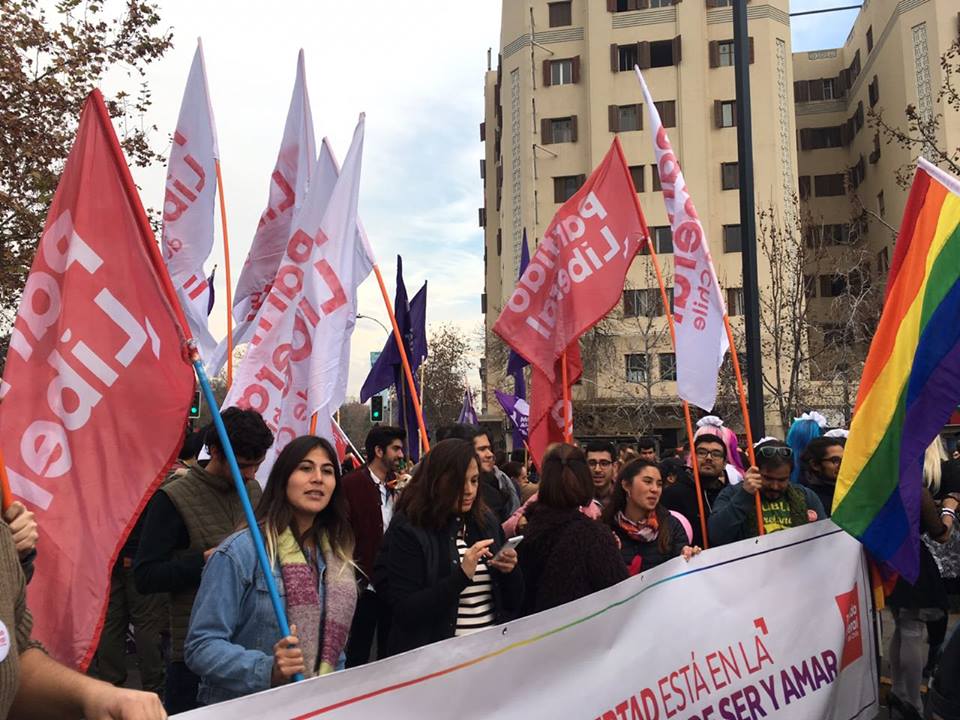
In Latin America the story is more positive. In South and Middle America there is an increase of small pride events backing up the mega-prides in Rio, Sao Paulo and Mexico City. It paves the way for more equal rights like, same-sex marriage in Mexico. What is visible cannot be ignored, it has to be dealt with. The impact a pride wants to have on society and the LGBTI community is a decision to be made by the organizers of a pride. It is a question what the pride wants to be, a celebration, protest or march. But whatever it is, the number of prides worldwide is growing and that alone will create an ever emerging impact on the world as we know it today.
At the same time, we have to be conscious if pride is not used of other political means. In Cuba, the daughter of president Raoul Castro, Mariella Castro, is the leader of the Cuban LGBTI community. During several pride marches, she seamlessly blended the pride message with political messages that are supportive of or at least non-confrontational with the existing regime. Confronted during world pride in Toronto in 2014 she even defended the lack of free speech (Cubans keep their dirty laundry as proud people inside the country) and the possibility of political prisoners (we have laws in place as any other country, when you break the law you know the consequences). It is a classical story of a president in the making.
An increasing number of liberal parties are participating in pride events in Europe and some Asian countries. Joining into pride in Africa and other hostile environments is more complicated. It could well be political suicide. Having the moral high ground, is no use if you don’t have political power. Situations like these require more intelligent strategies. But there are many other ways to secure LGBTI-rights. A few years ago, the Africa Liberal Network adopted a human rights framework that included language addressing the LGBTI-community. This gives a foundation to work against new anti-LGBTI laws that some countries want to put in place – taking attention away from issues about education, housing, health and poverty. In addition, delegates Liberal International delegates from around the world visited the earlier mentioned Umbrella Movement and Hong Kong Pride that took place at the same time, which gave a podium to the LGBTI-workgroup of Liberal International. before the pride march took off. And Liberal International’s full member Partido Liberal in Chili not only drives the moral pro-LGBTI-agenda in parliament and society with great success, they were also vocal and visible during Chili’s pride last June.
As we have seen in Uganda, Beirut and Istanbul, prides cannot be taken for granted. The same goes for the ability of LGBTI people to utilize their freedom of speech, freedom of expression or freedom of assembly in every corner of the world. Until then, the community will keep taking the streets and march together, with an increasing number of liberals around the world joining them in solidarity.
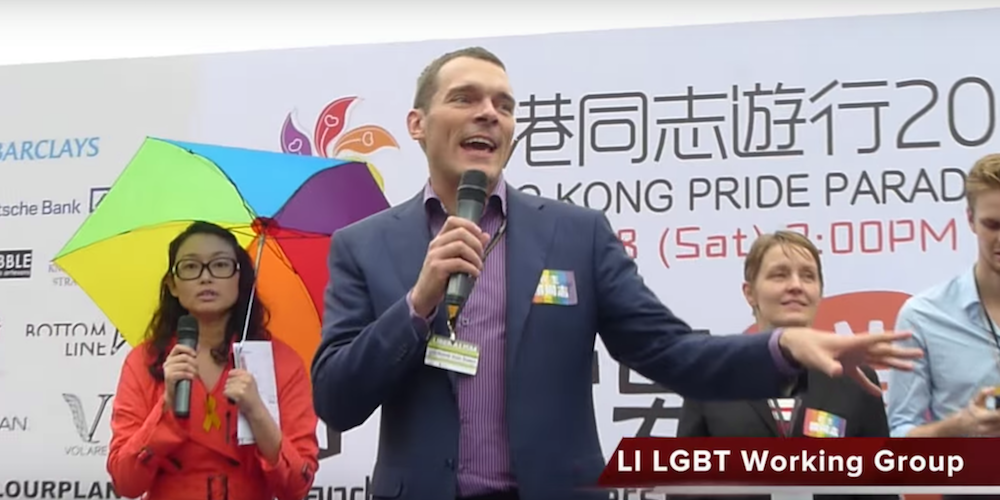
Frank van Dalen is former chair of the Dutch LGBT movement COC and Amsterdam Pride. He is now vice-president of InterPride and chair of Pride United. He is also chair of the LGBTI-workgroup of Liberal International.

